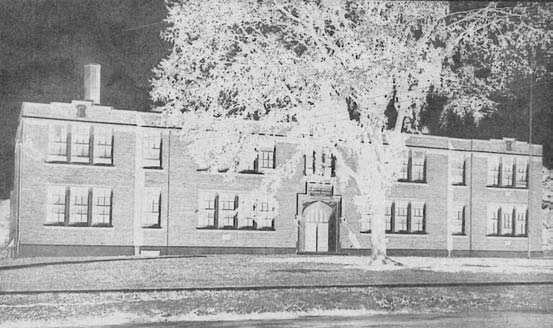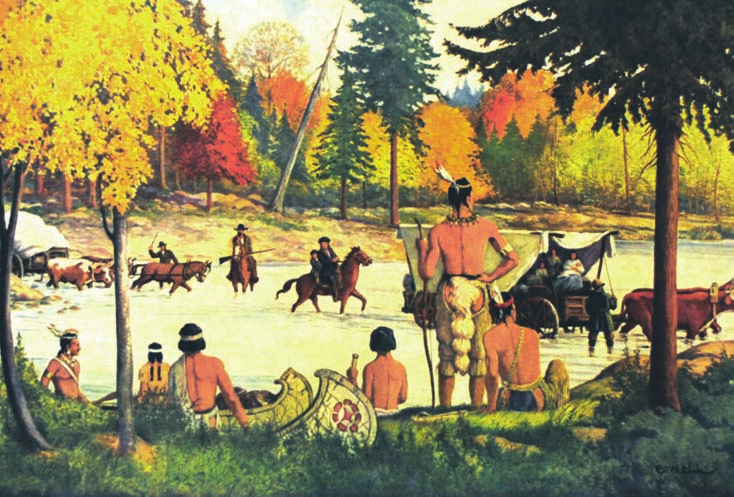INTRODUCTION
The history of Oneida County, New York is a tale of challenge, triumph, heartbreak, innovation, and grit. Since long before 1798, when Oneida was partitioned from the then-much-larger Herkimer County (itself an offshoot of Montgomery, partitioned from the original Tryon County) the area’s experience has mirrored our national story.
The first colonists of European descent arrived in the fertile Mohawk Valley seeking to establish farms and commercial enterprises, far removed from their ancestral homes on the eastern seaboard.
This region owed its prosperity largely to its waterways—the Mohawk River, Wood Creek, and Oneida Lake, among many—that had been traversed for centuries by native Americans and early explorers. In the time before railroads, this area of upstate New York offered the most convenient access from the east coast to the North American interior.
The ensuing generations would see war—literally in their own backyards—twice during the 18th century. The French and Indian War (1754-63) established England’s dominance over the region while the American Revolution (1775-81) resulted in the birth of the United States of America. The rebel victory over the English was due in no small part to the August 1777 Battle of Oriskany, which took place a mere ten miles northwest of where I am now writing. Both conflicts had implications for the native Americans in the region. The Iroquois Nation would be irrevocably changed, the peoples displaced and marginalized, and their culture largely lost as Europeans continued their incessant migration across the continent.
The coming of the Erie Canal revolutionized the way people, goods and ideas traveled. Completed in 1825, the canal enabled mass overland movement and united New York City with the Great Lakes.
America’s interior was opened. Settlements that existed along the Erie grew; Utica and Rome became major factory towns, drawing tens of thousands of immigrants during the pre-Civil War Years and on I n t r o d u c t i o n ✦ 5

XXON Chapter 1_Layout 1 1/23/2015 11:46 AM Page 6
into America’s second industrial age of the late
was hit by a similar malaise. Time and again,
1800s. Branch canals connected Utica with
Oneida County’s residents have faced economic
Binghamton (the Chenango) and Rome with
hardship and been forced to reinvent the area.
Lyons Falls (the Black River), bringing
History is circuitous—the themes that our
prosperity to the towns and villages that many
authors have addressed on the subsequent pages
residents still call home.
resonate as strongly today as they did over two
The canal system was a springboard for the
centuries ago. Transportation, communication
transportation routes we know and use today.
and commerce are the underpinnings of
Rail lines parallel the Barge Canal across upstate,
economic vitality. Formal education is critical to
as does the New York State Thruway (I-90).
an informed populace. Oneida County is filled
Utica’s North-South Arterial (NYS Routes 5, 8 &
with opportunities for recreation, assistance,
12) rides above the old Chenango Canal while
and self-improvement. Our multicultural region
State Route 12B follows the towpath south from
is reinvigorated with every generation of
New Hartford and through Clinton, Deansboro
immigrants, from the Irish canal workers of
and Oriskany Falls. All of this, from the first
1817 to the Somali, Burmese and Bosnian
shovel of dirt that was turned for the Erie Canal
refugees who now call this area their home.
in Rome on July 4, 1817.
I rest knowing that the spirit of reinvention is
The wave of prosperity brought by the
alive and well in Oneida County. It is easy to
canals, the textile industry, hops and dairy
lament what has been lost, but that is a fruitless
farms, and military installations from the
endeavor and dishonors the achievements of
colonial fort system through Griffiss Air Force
those who made the Mohawk Valley worth
Base, would not last. With one notable
writing about in the first place. It is through
exception (many thanks, F.X. Matt!), Prohibition
the study of our shared heritage that we can
pretty much ended the area’s hops farming and
glean the lessons of our forebears to build a
brewing industries. The advent of air
better future.
conditioning and cheaper labor drew the
I hope you enjoy the book.
county’s textile mills south after World War II.
The end of the Cold War led to the closing of
Brian J. Howard
Griffiss in 1995—at that time the county’s
Editor and Executive Director,
largest employer. The population drain of the
Oneida County Historical Society
late 20th century was not isolated to the
Utica, New York
immediate area, of course. The entire northeast
September 2014
❖
Bridgewater Central School’s building
still exists along Route 8 South, just
north of the intersection with State
Route 20. Several businesses have
existed in the facility since its last use
as a school in the late 1960s.
6 ✦ O N E I D A C O U N T Y : A n I l l u s t r a t e d H i s t o r y

XXON Chapter 1_Layout 1 1/23/2015 11:46 AM Page 7





